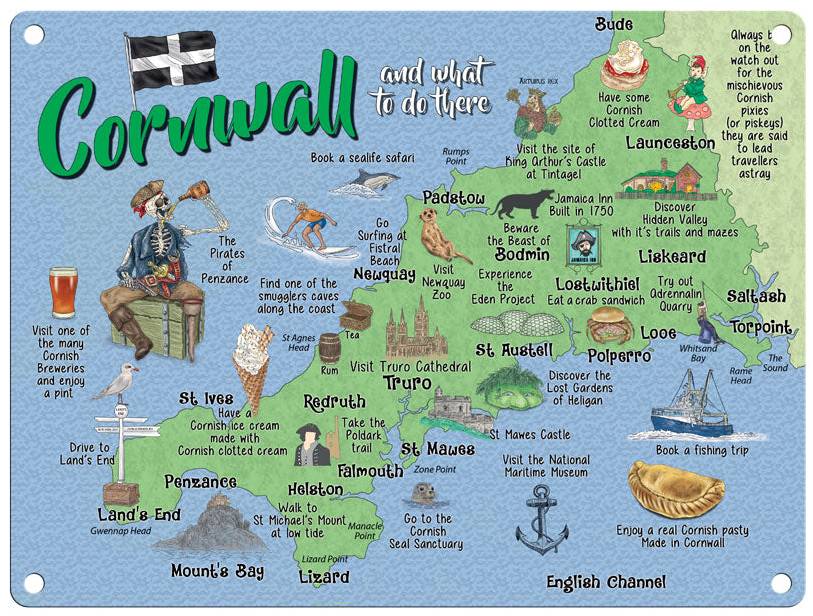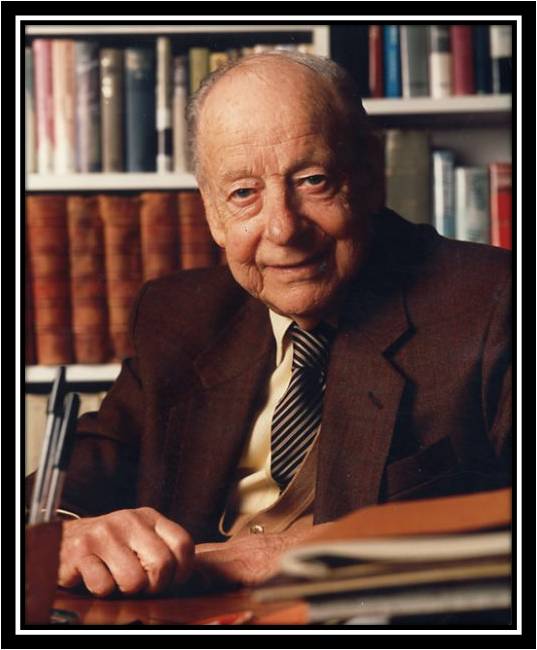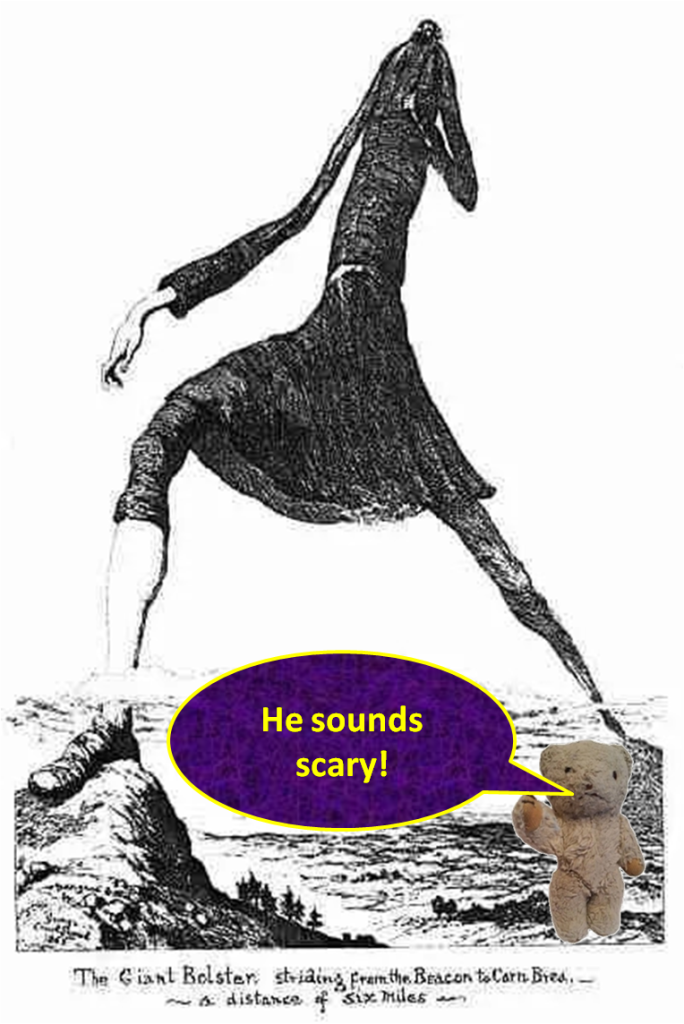After all that story telling along the way, we finally arrived at our hotel in Newquay with just nice time to make ourselves a cup of tea, unpack our case, get changed and go down for our evening meal. Everything was lovely – just the opposite of the dreadful hotel in Cliftonville where we’d stayed on our first Big Adventure with Granny Betty!

And next morning it promised to be even better as me and Mum got a taxi to the garage and collected our hire car – which turned out to be a slightly less posh version of the one she usually drove so everything was familiar to her.

Then we went back to the hotel, picked up Granny Betty and set off to explore Cornwall…

Now, as you know, Mum is interested in old mining sites, but what you probably don’t know is that she and Granny Betty were both big fans of the two Poldark series on BBC television, which were shown from 1975 to 1977 and based on the Poldark novels by Winston Graham.
Poldark Series 1
Poldark Series 2
They both liked Robin Ellis, who took the part of Ross Poldark…

…and Angharad Rees, who took the part of Demelza…

And, although Mum and Granny Betty knew the actors and camera crews would be long gone from the area, they were still looking forward to seeing the countryside where the serials had been filmed – and so was I, even though I hadn’t been borned when they were first shown on television.

Mum also told me that the original Poldark series was really popular, attracting audiences of around 14,000,000 people when it was shown on a Sunday evening – and she said she’d even heard that some vicars changed the times of their Sunday evening services, so that people could still go to church and not miss Poldark!

So it was no surprise when Mum told us that our first visit that day would be to the village of St Agnes, about 10 miles/16 kms further along the coast to the west of Newquay, where some of the original Poldark series had been filmed.

And, as we drove along, she started to tell us a bit more about the author, Winston Graham…
… who was born in Manchester in 1908 to relatively wealthy parents. He’d wanted to be a writer from being quite young and, after his father died, his mother was able to support him financially, enabling him to move to Perranporth, near St Agnes, at the age of seventeen and start writing novels, many of which were set in the area where he lived for the next 34 years.
Of all his novels, the best-known are the twelve Poldark novels. The first of them, Ross Poldark, was published in 1945 and the last, Bella Poldark, was published in 2002, just a year before Winston Graham died – and a year after our visit to Cornwall.

By the time Mum had told us all that, we’d reached St Agnes and, with its four lovely beaches, it was easy to see why it’s a popular holiday resort and in an Area of Outstanding Natural Beauty…
But of course it didn’t start out as a holiday resort. Instead it came into being because of the copper and tin ores which were found and exploited in the area from the Bronze Age though to modern times…






…and, with several ruined engine houses from the old copper and tin mines standing on the cliffs, it was also easy to see why it was included in UNESCO’s Cornwall and West Devon Mining Landscape World Heritage Site in 2006.


As you can imagine, I loved listening to all this and seeing all the lovely and interesting places Mum told us about. But what I also wanted to know was why the village was called St Agnes as I didn’t think that was a very Cornish-sounding name, so I asked Mum if she knew.
And she said that the village was originally called Bryanick, a Cornish name which means pointed hill, but later it became known as St Agnes because the village church was dedicated to her.

Of course, I then wanted to know who St Agnes was and Mum told me that she was a young Christian woman who had lived in Rome at a time when Christians were persecuted. Because of her faith, however, she refused to marry a son of one of the governors of Rome and as a result was put to death in 304 AD.

Then Mum told me that there was also a local legend to explain how the village got its name. She said that a long time ago a giant, called Bolster, started terrorising the village, bullying people and eating the children, which didn’t make him very popular.

But then he fell in love with a beautiful village girl, who just happened to be called Agnes, and he wanted to marry her. Of course, she didn’t want to marry him, but she had a bright idea that might get rid of him for ever. So, instead of turning him down, she took him to a small hole on top of the cliffs and said she would marry him when he filled the hole with his blood.

Straight away Bolster cut his arm and watched as the blood dripped into the hole. But, no matter how much blood dripped in, it never reached the top – and it was only when it was too late that he realised he’d been fooled. Though the hole looked to have a solid bottom, it actually twisted away out of sight and opened up onto the beach below.

Bolster died, Agnes became known as a saint for saving the village from his cruelty – and this is now celebrated every year with a two-day event, including a procession, over the May Day holiday.
And with that I’ll have to leave you for now, so please take care, stay safe – and look out for some more tales from me soon!
Follow my next blog: 292. MY MUM THE STORY-TELLER – PART ONE HUNDRED AND SIXTY-THREE
08/12/2023
